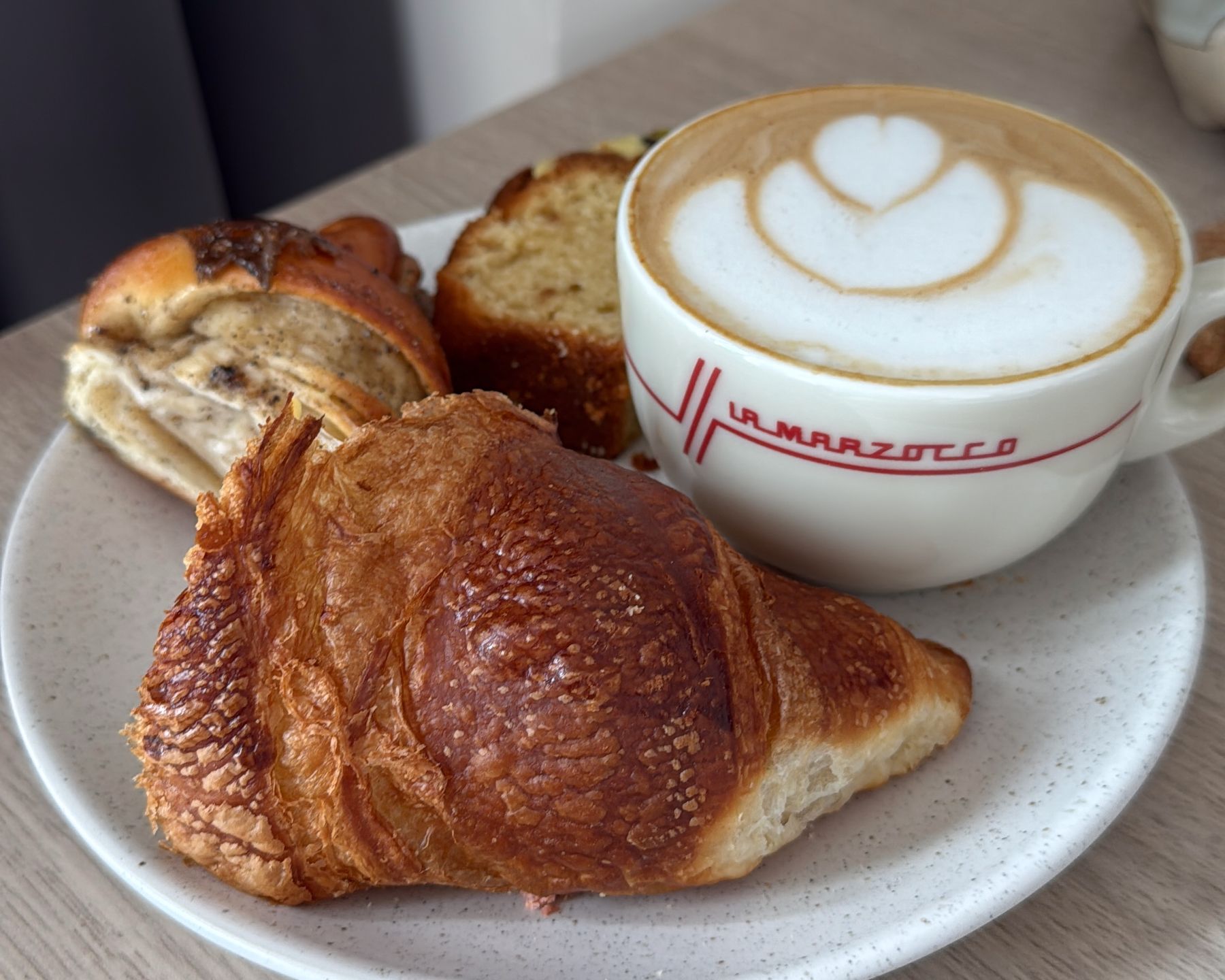Low Caffeine Coffee
PermalinkRecently, while reading issue 37 of the Standart magazine, I discovered the existence of naturally occurring low caffeine coffee. That immediately sparkled some interest in me, since I enjoy drinking coffee, but I don’t want to drink too much caffeine.

Low caffeine coffee differs from decaf. Decaf coffee goes through (mostly) chemical processes in order to reduce the caffeine content inside the beans. Despite many improvements in the last decade when it comes to turning regular coffee beans into decaf coffee beans, there’s still elements that are lost in the process.
That’s where naturally occurring low caffeine coffee species come into play. They’ve always existed, but the coffee industry, in general, looks mostly into Arabica and, to a different extent, Robusta. Low caffeine coffee still has caffeine, but less than what we’re used to. Yet, it has much more caffeine than decaf coffee.
Low caffeine coffee species are also harder to grow, and one of the reasons is exactly the low(er) caffeine content. Caffeine is a natural pesticide: in high amounts, it will kill you. For us, humans, we’d need quite a lot of coffee for that to happen. But for small disease-carrying insects? Not so much.
That means that low caffeine coffee species are also more prone to diseases, making them harder to get by. However, there are some places where you can find them. I’m now drinking Daterra’s low caffeine reserve coffee, which is exclusively made from the two coffee varietals Aramosa and Laurina.
These beans grow in Brazil, in the Minas Gerais region, at an altitude of 1149 to 1150 meters. I’m buying them through the only roaster in the Netherlands I could find selling them: Fried Hats. They have around half of the caffeine that regular Arabica beans would have. And so far, they are also delicious!
